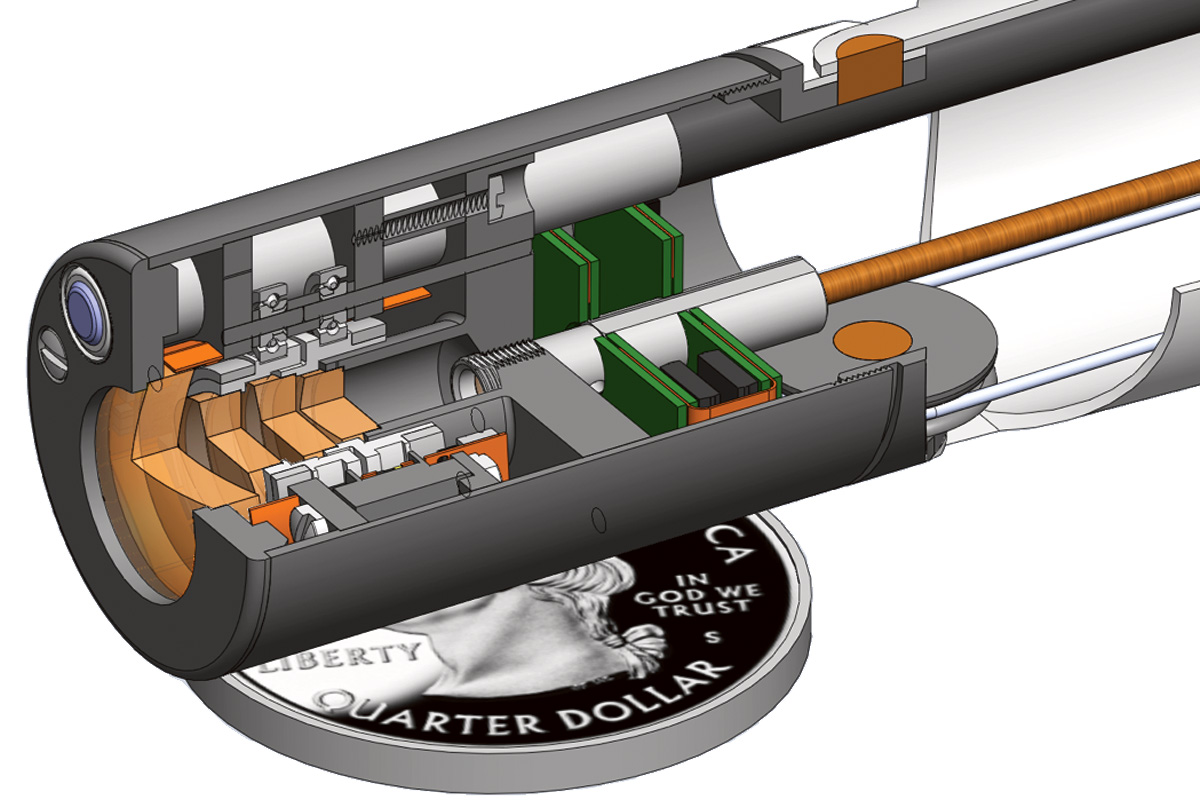
(From left to right) Milind Rajadhyaksha, Snehal Patel, and Ricardo Toledo-Crow.
An expert on minimally invasive laser surgery, Snehal G. Patel uses this technique to treat patients with tumors growing in the pharynx or voice box — areas within the throat that are not easily reached surgically — while preserving their ability to speak and swallow.
By inserting an eight-inch-long tube called an endoscope through a patient’s mouth, he is able to excise such tumors with a beam of laser light, which he aims through the tube. The focused energy of the laser burns through a narrow area of tissue, causing minimal damage to the noncancerous tissues nearby. Patients usually recover quickly from the surgery, their throats and vocal functions unharmed.
Dr. Patel says many patients with head and neck cancer could benefit from minimally invasive laser surgery, yet this treatment option is not widely used. “The technique is difficult to master because of the limitations of currently available instruments, which are rigid and cumbersome to control,” he observes. In most hospitals, surgeons opt not to operate on tumors of the pharynx or voice box, and instead recommend that such tumors be treated by radiation, which in some cases can give rise to adverse side effects.
Dr. Patel has learned to operate this instrumentation, but points out that using it effectively takes extensive training, especially to perform laser surgery inside tight body cavities. He likens the manual aspect of the procedure to holding a pool cue by its handle, and then meticulously manipulating it to draw tiny patterns with a pencil attached at the tip of the cue.
“I thought there must be a way to make the surgery easier for doctors to perform, and hence available to all patients who could benefit from it,” Dr. Patel says. Two years ago, he undertook that quest together with physicist Ricardo Toledo-Crow, of Memorial Sloan Kettering’s Research Engineering Lab, and optical engineer Milind Rajadhyaksha, of the Dermatology Service.

Prototype
With support from Memorial Sloan Kettering’s Technology Development Fund, the researchers designed a prototype of what they call the Endoscopic Laser Scalpel. “We’ve designed it as an add-on to a regular endoscope,” Dr. Toledo explains. “The device combines a video camera and a laser steering tool, and is small enough to be inserted down a patient’s throat.”
The researchers are hoping this prototype might pave the way for a new method of performing minimally invasive laser surgery, providing the surgeon enhanced vision and control. “Because the laser beam is operated remotely, its path and intensity can be controlled with improved precision,” Dr. Toledo says. In addition, the instrument is designed to give the surgeon a more sweeping view of the tissue. “I’d be seeing through the eyes of the camera, which sits deep within the space I’m operating in, instead of looking down the tube of the endoscope,” adds Dr. Patel.
He asserts that a lot of work and optimization remains to be done before the prototype finds its way into the clinic. “However, our tests indicate that it’s feasible to develop this technology into an effective surgical device,” he says. “And such a tool could be useful in surgery of the head and neck as well as other confined areas — such as the cavities of the lungs, gastrointestinal system, urinary tract, and cervix.”


